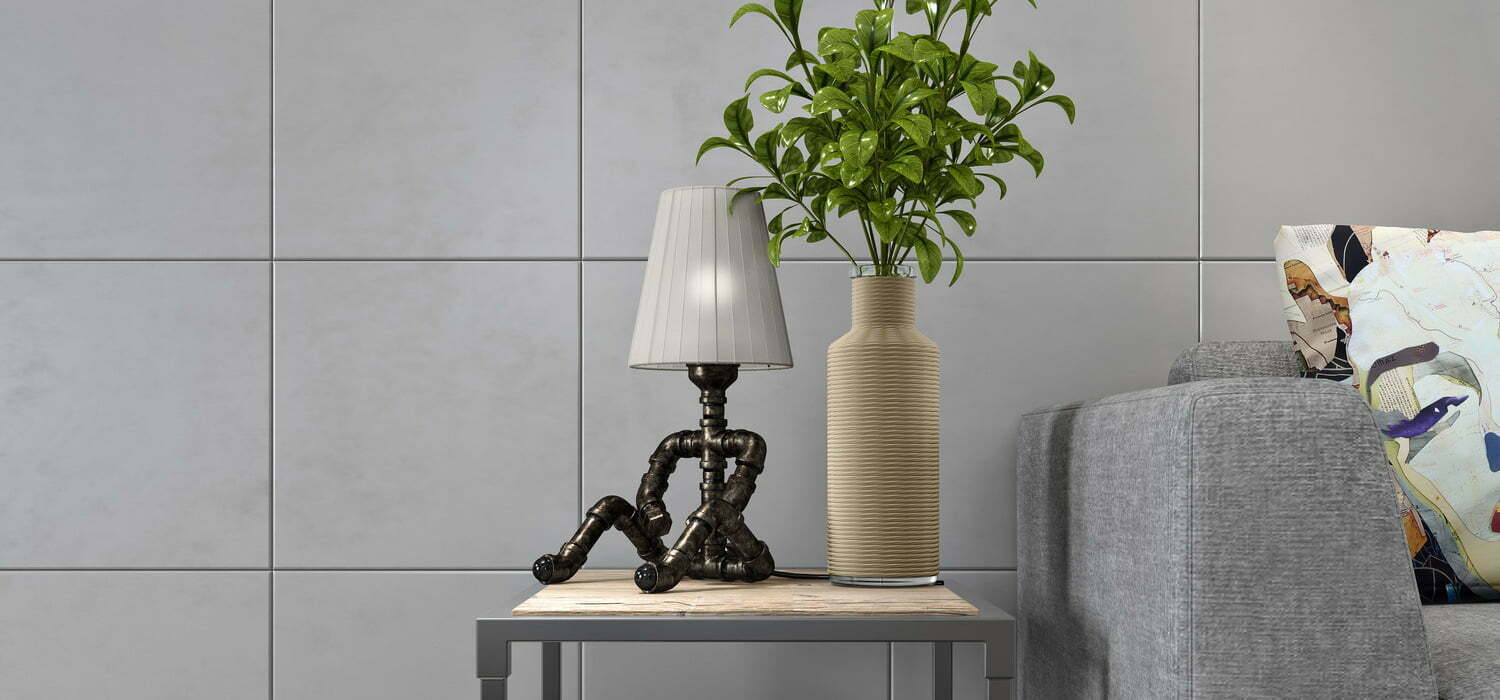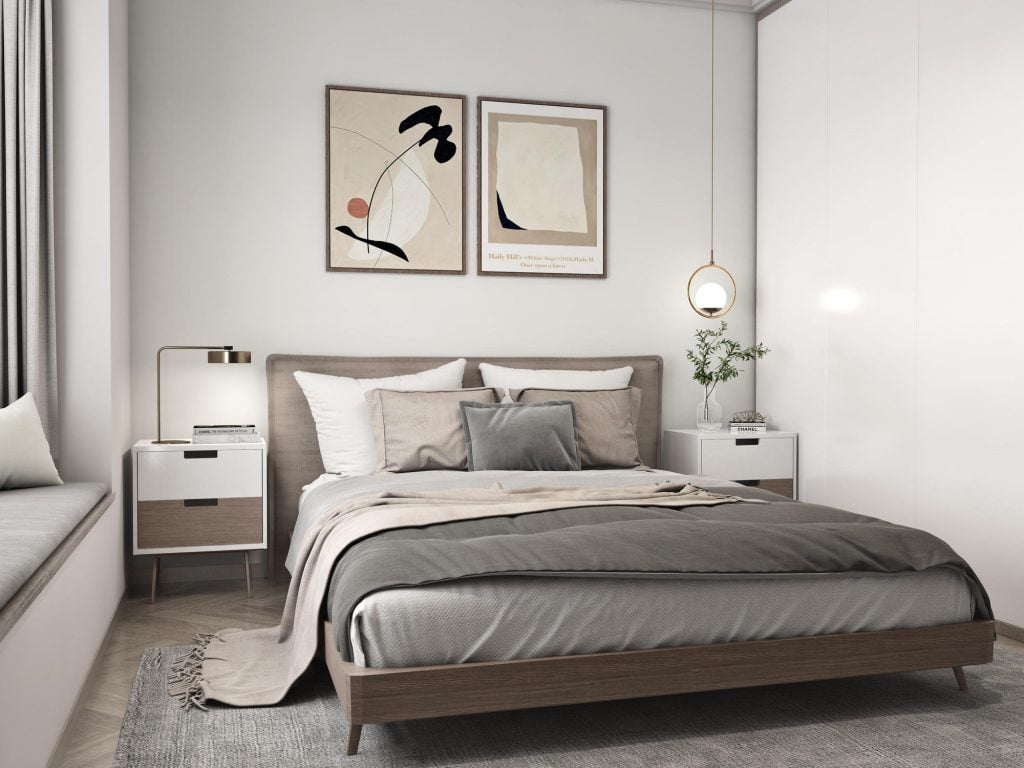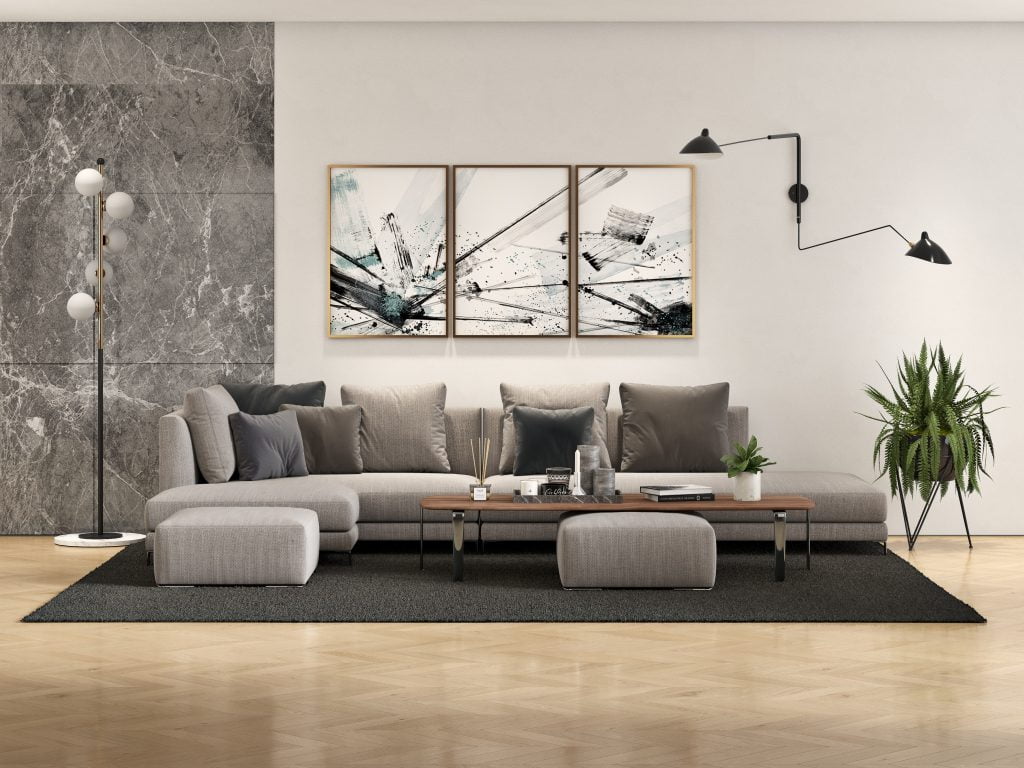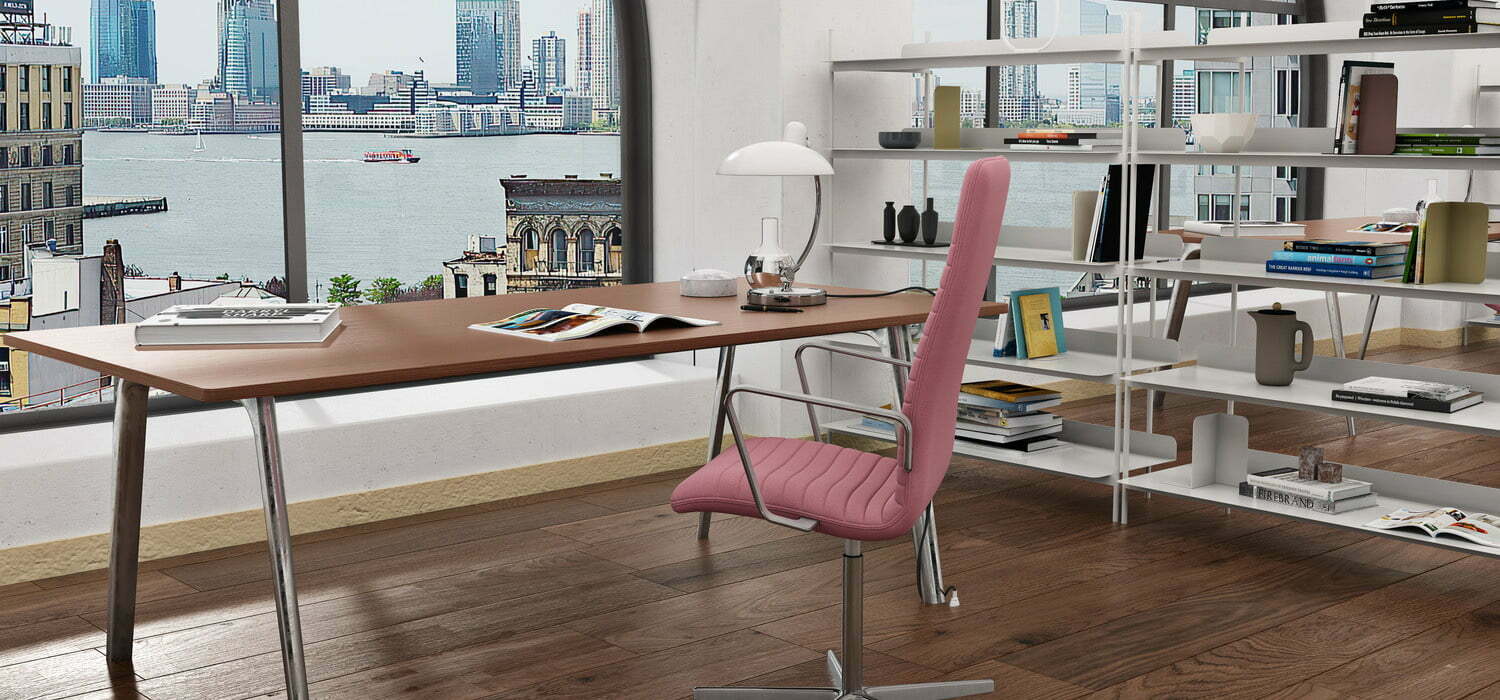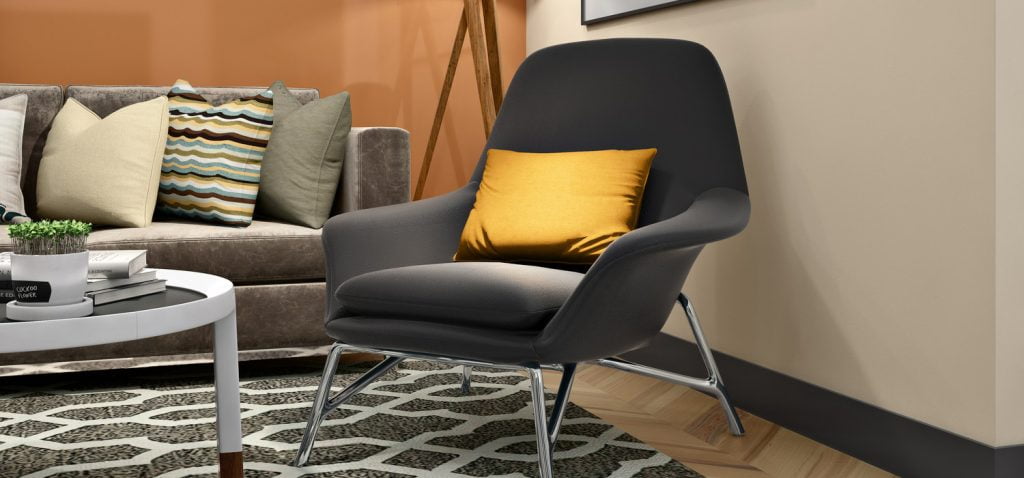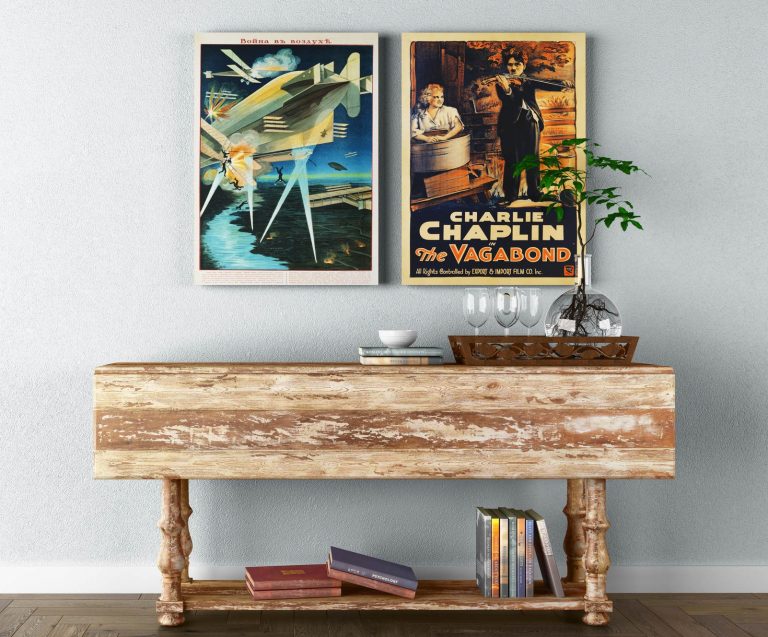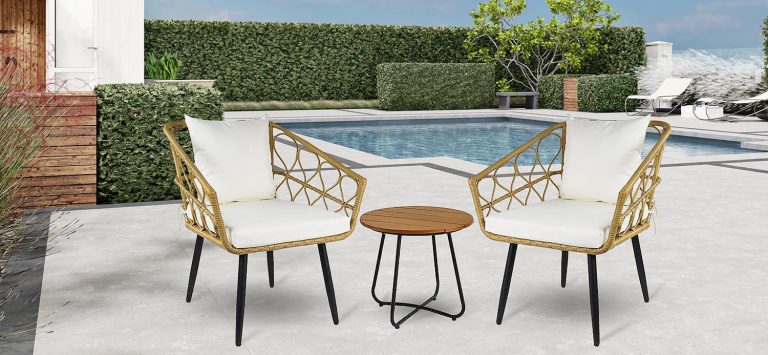To display the full breadth of their product offerings, businesses frequently use printed or online catalogs. Although each product must have a thumbnail image, it is equally important to demonstrate to customers how they can use these products in their everyday lives to encourage sales conversions. 3D Imagery can help make better Sales.
Setting up a product in a room, like a kitchen, bedroom, living or study, and integrating multiple pieces of furniture in a natural, welcoming way, is a good way to achieve this. In this case, the image is brought together and given a cogent, expert appearance by the background’s fine detail.
Even though lifestyle photos are helpful, many other circumstances call for a different kind of image.
When showcasing a product’s variety of color options, for instance, white backgrounds are more appropriate. This kind of background may be useful for emphasizing an item’s fabric, joints, or other construction details when using 3D product renderings. When trying to get a customer’s attention with an eye-catching design, a white background is occasionally simply the best strategy.
3D Is Cost-Effective
Creating images for advertisements, promotions, and websites consumes a significant portion of the budgets of furniture companies.
Computer-generated imagery’s extreme value in comparison to product photography may be the main factor in the shift towards it. Renting studio space, paying photographers, fabricating each and every prototype that needs to be photographed and shipping them all to the studio location are just a few of the costs associated with product photography sessions. Other costs include providing sets or decorations.
Additionally, this procedure needs to be repeated each time the business requires a fresh set of images, turning these costs from one-time expenditures into ongoing ones.
The cost-effectiveness of 3D CGI, however, is astounding. There is no longer a need to construct and transport single-use prototypes because a significant portion of the work is completed remotely and frequently only calls for a collection of images from which the designer can determine dimensions and material properties. Additionally, using digital backgrounds eliminates the need to buy accessories and fashion accessories.
More control over image quality thanks to 3D.
Production photography is carried out by teams of expert photographers and product design services, but there are still a number of factors that can influence the caliber of the final images.
Lighting designs, particularly metallic surfaces, can interact with furniture materials in unpredictable ways. If the weather or other environmental factors aren’t favorable, shooting in a specific location—especially outdoors—can become challenging.
The process of 3D modeling, however, is almost entirely uncertainty-free. In tests conducted in complete darkness (i.e. e. 3D models are frequently chosen as better, more realistic images than actual photographs in situations where the subject is unaware of which of two images is digital and which is a photograph.
Production photography cannot match the high level of photo realism and consistency that 3D CGI offers. Weather doesn’t matter when designing backgrounds because backgrounds can be made from scratch. Companies can create images that are as close to perfect as possible using CGI.
Compared to studio photography, 3D CGI editing is much simpler.
The ability to receive immediate feedback and edit is a key benefit of 3D modeling.
Marketing teams occasionally need to make changes to an image after it has been completed, even though computer-generated images are frequently of higher-quality consistency than studio photographs.
When this occurs, the only option for an image created through studio photography is typically to re-shoot the scene. Having to deal with this can cost a business time and money.
Although the editing procedure is very different for images created by computers. Designers can start making the requested changes by simply re-opening the finalized image’s digital file, which has been saved. They can experiment with various lighting setups, make minute adjustments until any unwanted shadows or reflections are eliminated, or change the positioning of objects in a scene.
Sometimes a crucial step in the marketing process is to make corrections and edits. Editing is made simpler and more affordable by 3D CGI, which ultimately gives furniture retailers better-looking images for less money.
3D product renderings can easily be modified or rebranded
It is crucial for furniture companies to create a line of flagship products as well as to offer these products in a variety of designs and hues to satisfy various customer demands.
It’s critical from a marketing perspective to be able to show these various options to prospective customers, ideally with an image to go along with each variation in style. If businesses choose studio photography, however, creating these images is not always simple because each custom option needs to be built as a separate prototype.
Larger companies with large inventories may find this to be expensive, and smaller businesses looking to enter new markets may find it to be completely prohibitively expensive. Furniture retailers may decide to limit the number of product images they display in order to control costs.
But this issue can be avoided with the help of 3D CGI. The different customizable options that a business offers can be represented by a set of related models that are made by designers starting with a base image.
For businesses looking to print an annual catalog or expand their website content, this strategy is especially effective. By editing a collection of stock photos to include the proper props and backgrounds, seasonal promotional campaigns can also be completed quickly and easily.

